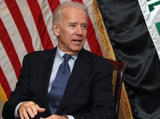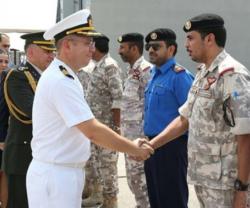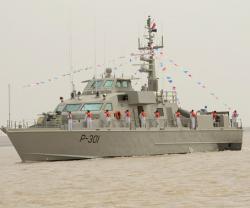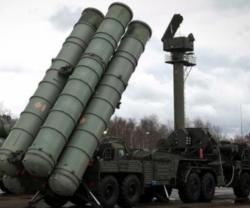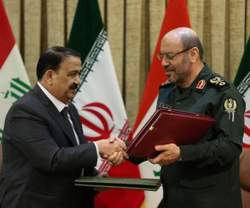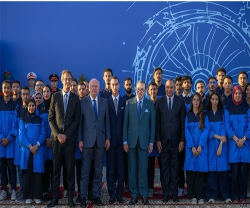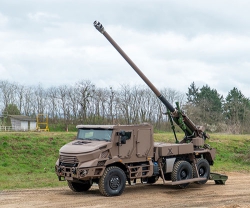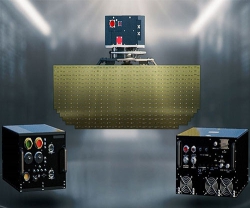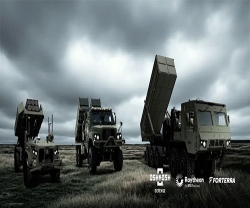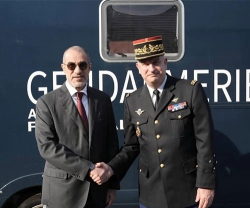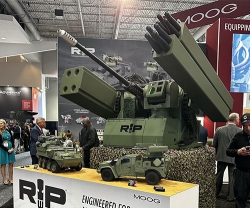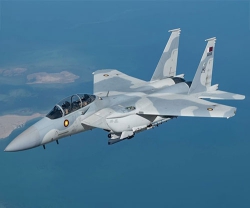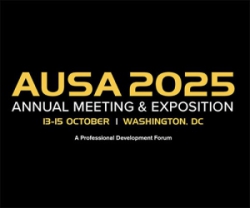Biden was met at the airport by U.S. Ambassador James Jeffrey and General Lloyd Austin, the Commander of United States Forces - Iraq (USF-I), an AFP photographer said.
He then boarded a helicopter to the U.S. Embassy in Baghdad, a reporter travelling with him said.
Biden’s visit comes after a bloody seven days for Iraq, during which at least 61 people were killed in a wave of attacks.
The White House said that while in Iraq, “the Vice President will co-chair a meeting of the U.S.-Iraq Higher Coordinating Committee. He will also meet with Prime Minister Nuri al-Maliki, President Jalal Talabani, and Speaker Osama al-Nujaifi.”
“The Vice President will also participate in, and give remarks at, an event to commemorate the sacrifices and accomplishments of U.S. and Iraqi troops.”
It is Biden’s eighth visit to Iraq since his election as Vice President.
Biden’s visit had not been previously announced by the White House, but he has been U.S. President Barack Obama’s point man in overseeing the withdrawal of all U.S. troops from the country by the end of this year.
His visit to Iraq will be followed by a trip to Turkey and to Greece, which will see him press leaders on U.S. preoccupations in the Middle East, including the crackdown in Syria, and in Europe, amid fears of a euro-zone debt crisis.
According to his publicized schedule, Biden’s next events after Iraq begin in Ankara on Friday, when he is due to meet Turkish Prime Minister Recep Tayyip Erdogan and President Abdullah Gul.
After Turkey, Biden will go to Athens on Monday for talks with Greek officials and party leaders.
On October 21, Obama announced that U.S. troops would leave Iraq by the end of 2011, bringing to a close an almost nine-year war that has left thousands of U.S. soldiers and tens of thousands of Iraqis dead, and cost hundreds of billions of dollars.
About 13,800 U.S. soldiers are still in the country, and 7 U.S. bases remain to be handed over, according to U.S.F-I spokesman Major General Jeffrey Buchanan.
Source: AFP

